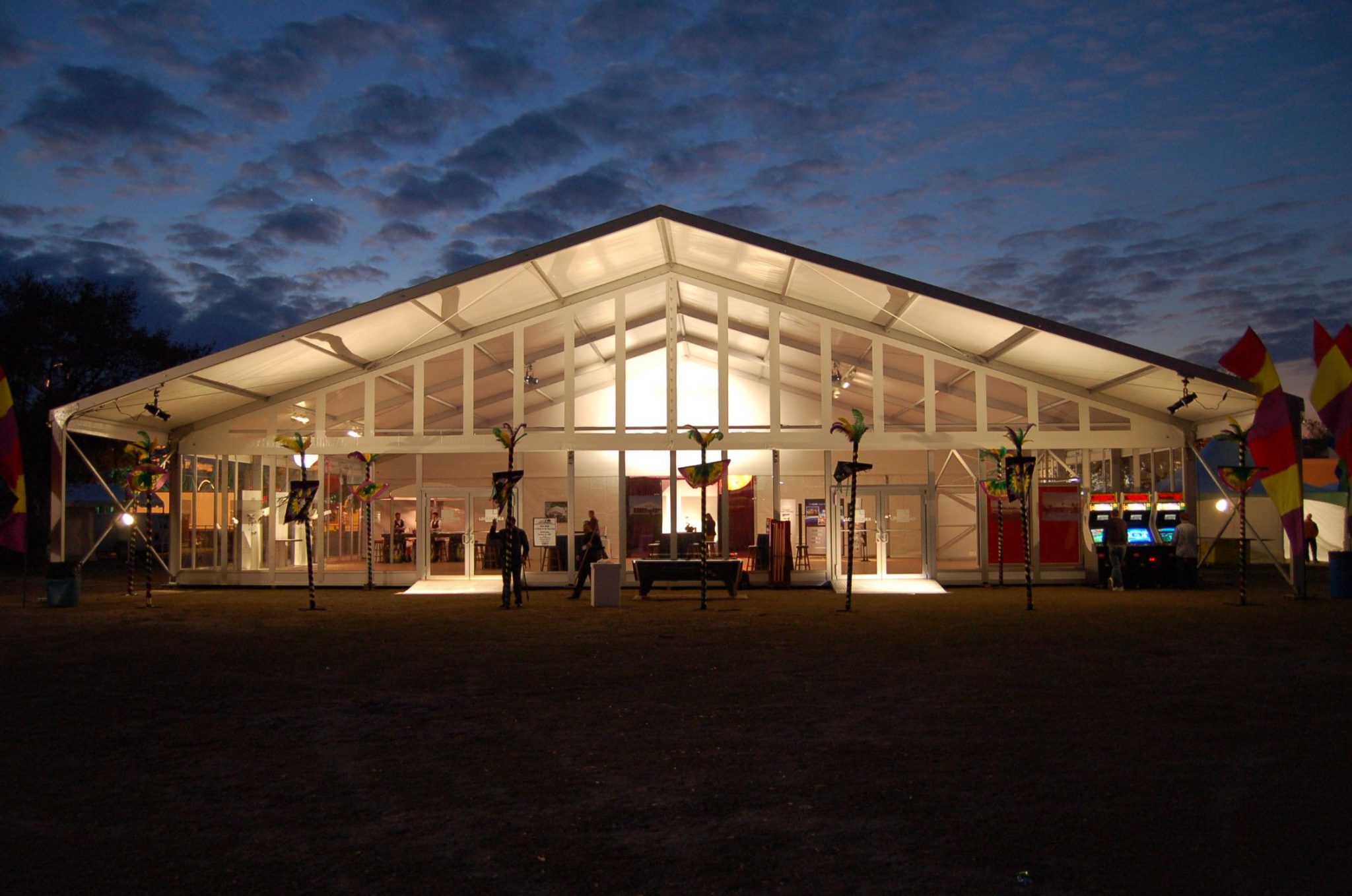In today’s competitive market, tent manufacturers face numerous challenges. Take a moment to think about this: how often do traditional materials fail, leading to production delays and increased costs? According to industry analysis, up to 30% of tent manufacturers experience setbacks due to outdated production methods. This reality has compelled businesses to seek innovative alternatives, balancing quality with efficiency.

Flaws of Traditional Solutions
Many established tent manufacturers rely on conventional materials and techniques—think heavy-duty canvas or basic polyester. These materials often lead to issues such as water leakage or reduced durability. Why do failures always occur during peak production times? It’s often due to the inability to adapt to evolving customer needs. Traditional materials have limited breathability and can become cumbersome for transport, presenting a myriad of logistical problems.
The Rise of New Technology Principles
Enter the realm of modern materials—lightweight composites and advanced synthetic fabrics are transforming tent production. These innovations, guided by principles of biocompatibility and weather resistance, offer robust solutions to the dilemmas faced by tent manufacturers. Look, it’s simpler than you think. Today’s fabrics are engineered to repel water while allowing the tent structure to breathe. This not only enhances user experience but also improves longevity and reduces maintenance costs significantly.
Quantified User Benefits
The benefits of embracing new materials extend beyond safety; manufacturers are also experiencing reduced production costs by up to 40%. Users enjoy lighter tents, easier setup, and improved outdoor performance—growth statistics confirm a 25% increase in sales for companies adopting these technologies. In an era where outdoor adventures are increasingly popular, this shift could prove vital for maintaining market relevance.
Actionable Evaluation Criteria
When it comes to selecting a tent supplier, always verify these 3 metrics: ① Material quality ② Production speed ③ Customer reviews. These parameters ensure that your manufacturing processes are not just efficient, but also sustainable. For tent manufacturers today, investing in modern solutions isn’t just a trend; it’s a necessity for survival and growth.
Exploring China Tent Suppliers
As the global demand for outdoor gear increases, many are turning to reliable sources like the china tent supplier. With a rich expertise in collaborative manufacturing practices, these suppliers are known for their competitive pricing and high-quality materials. Look at the numbers: 70% of global tent production now occurs in China, supported by innovations and a robust supply chain that many regions struggle to match.
Navigating the China Tent Supplier Landscape
With the market evolving, what should prospective businesses know about partnering with a china tent supplier? It’s crucial to prioritize factors like certifications and manufacturing processes. Firms that rely solely on price may overlook quality or sustainability metrics, compromising their long-term viability. The right supplier can ensure timely delivery while maintaining rigorous quality standards—especially crucial in an industry that thrives on seasonality.

Conclusion: Emphasizing Quality with Shoulder Tent
In summary, the tent manufacturing industry is undergoing significant transformations, with new technologies offering promising solutions to age-old problems. By selecting a reputable partner, such as Shoulder Tent, manufacturers can leverage supply advantages, ensuring they stay competitive in an ever-evolving marketplace. Prioritize quality, speed, and sustainability to meet both current and future market demands.